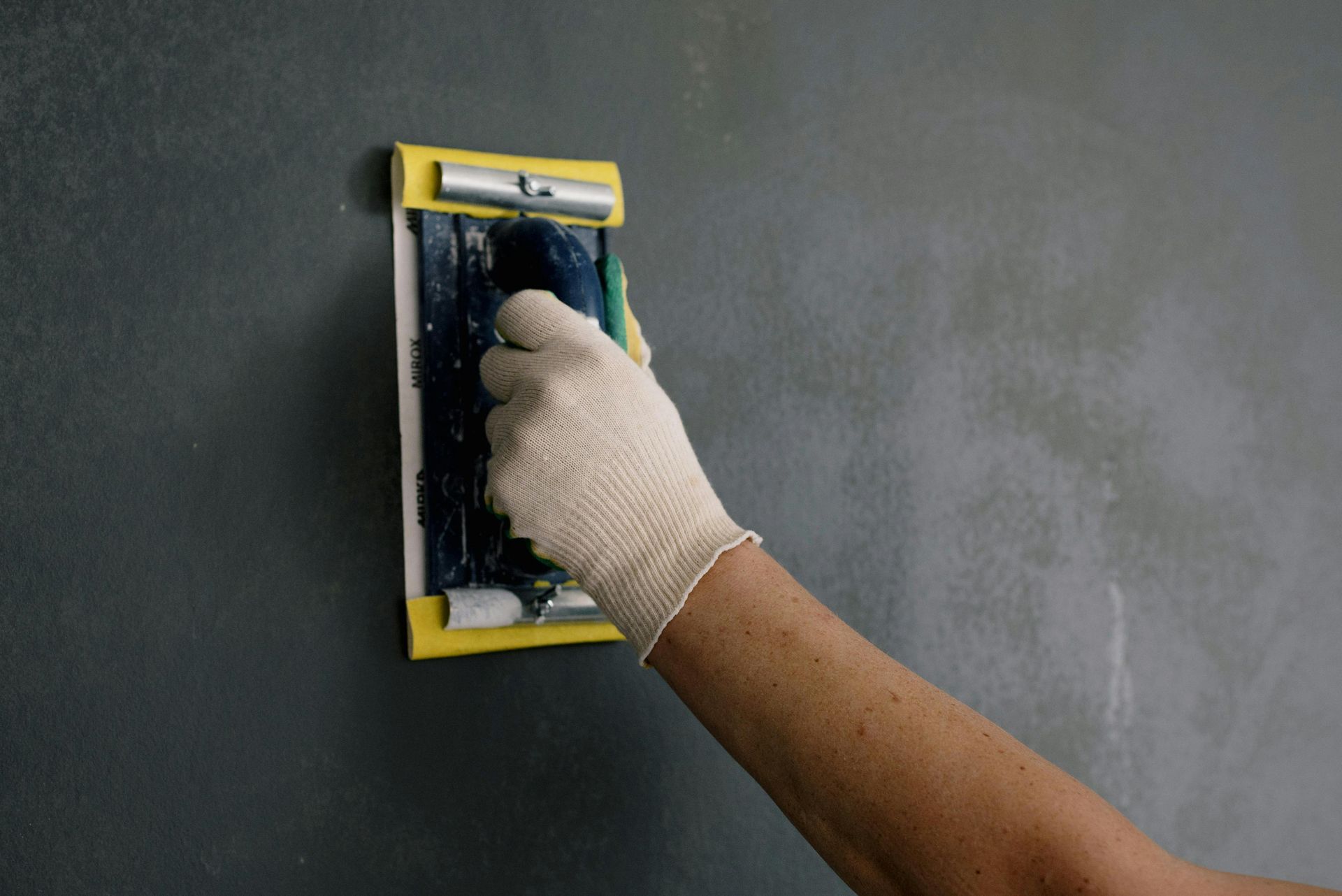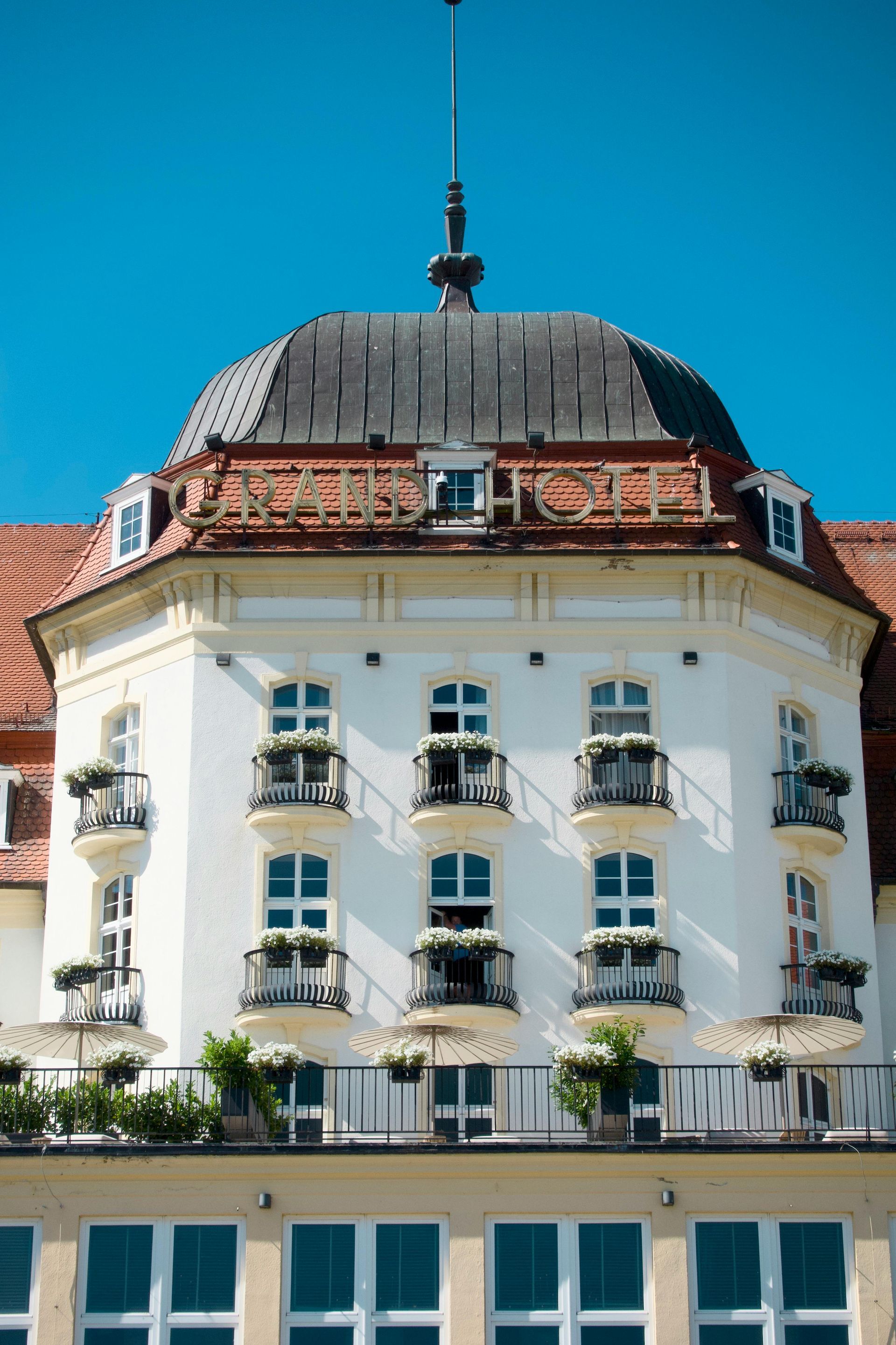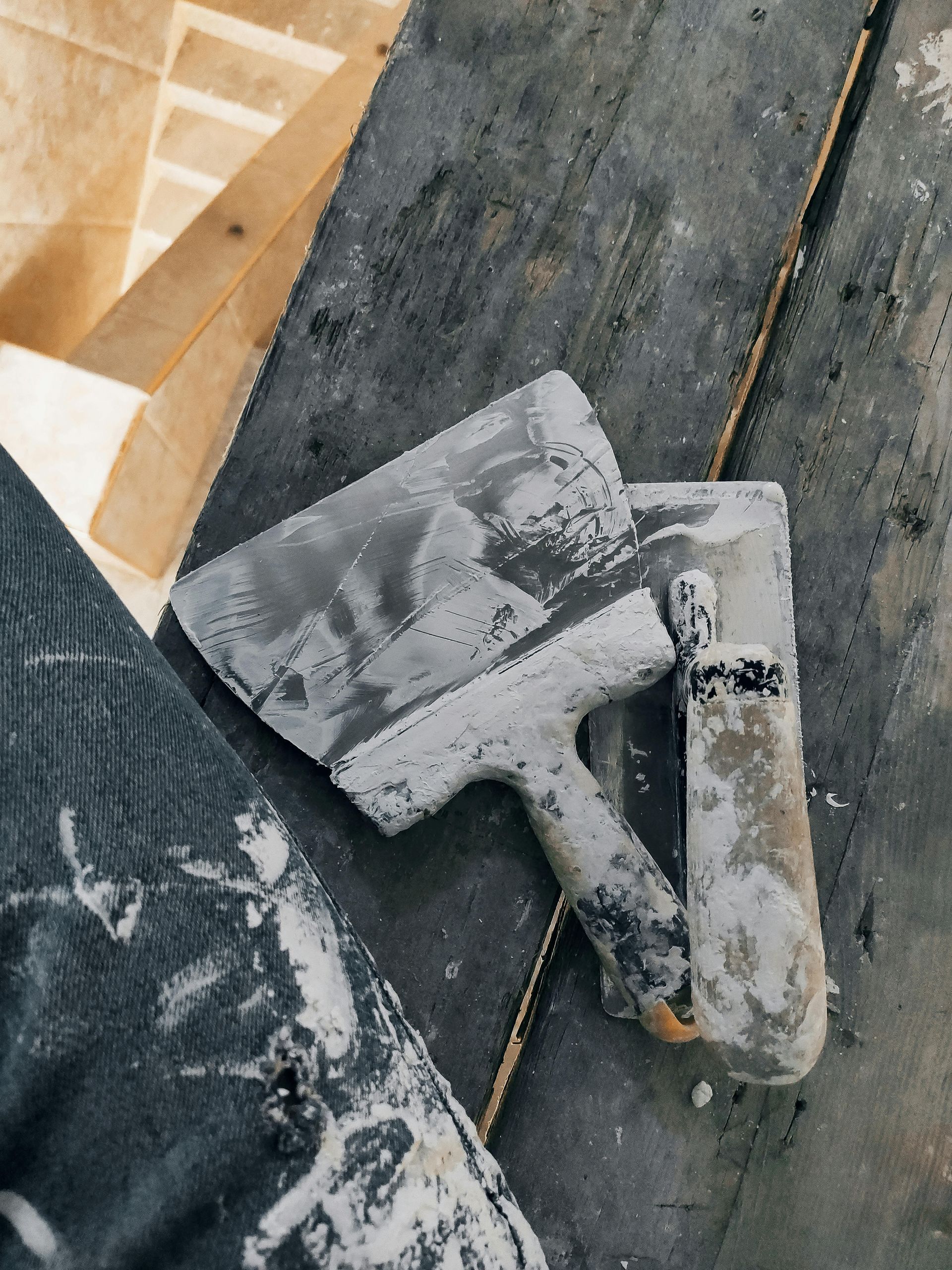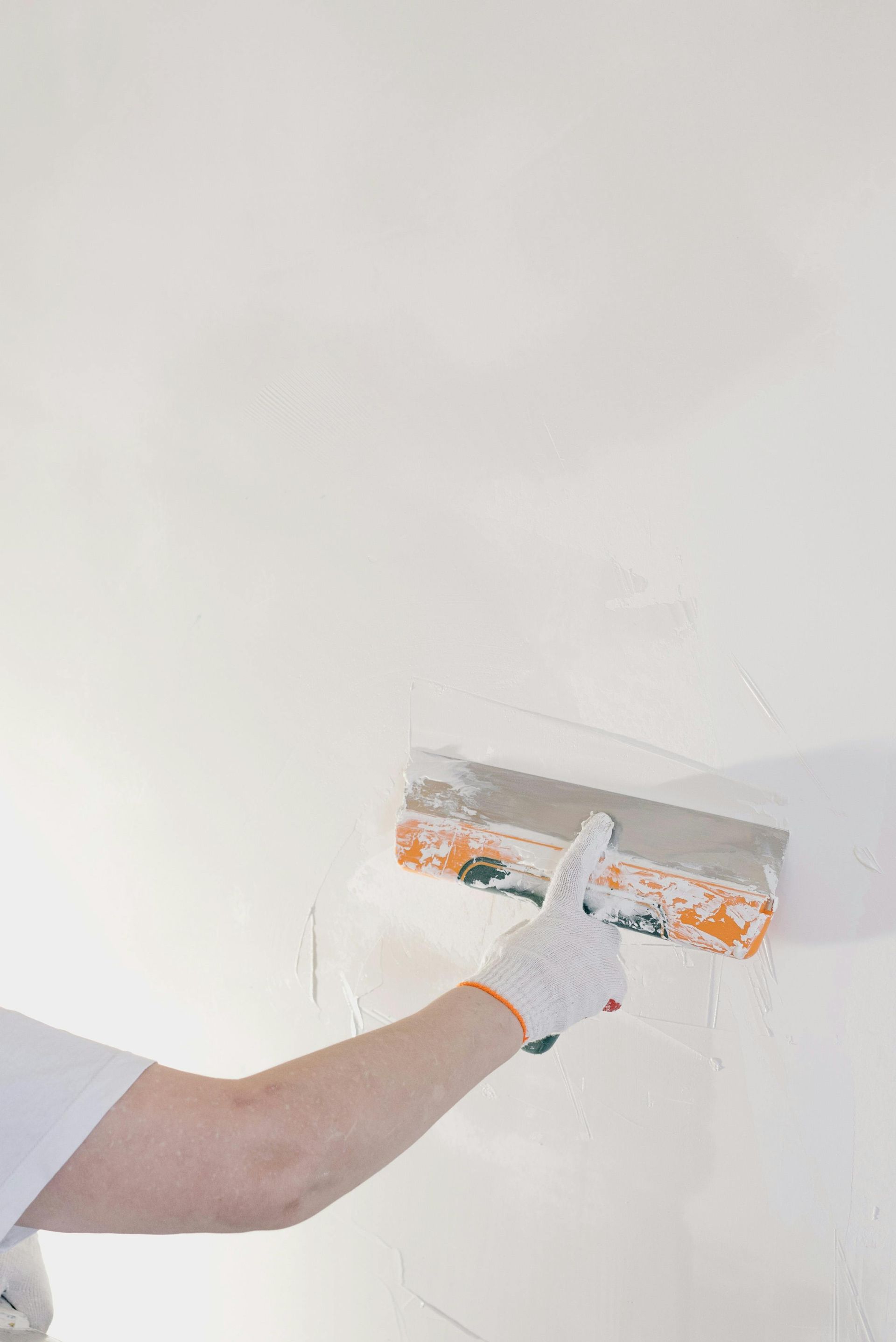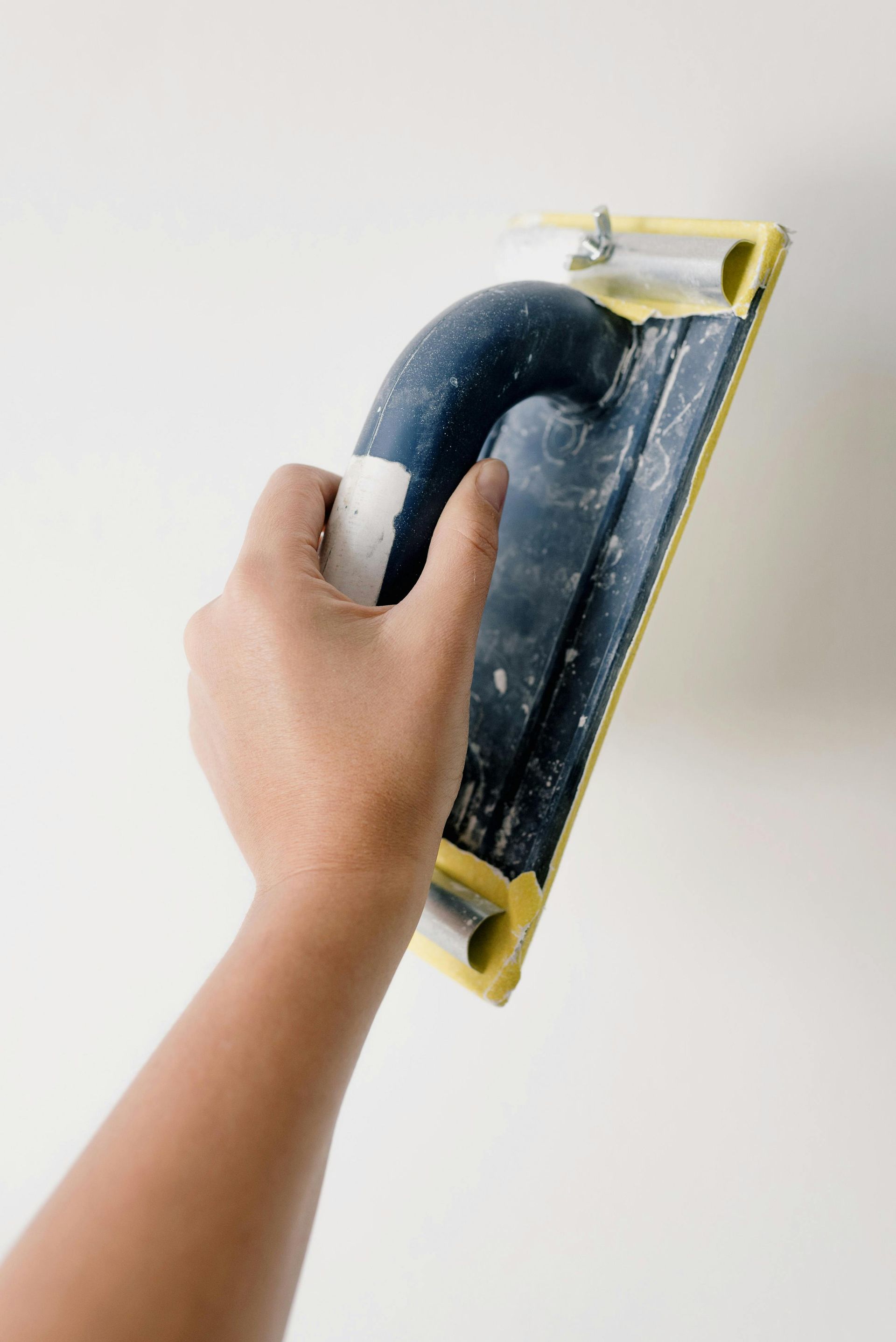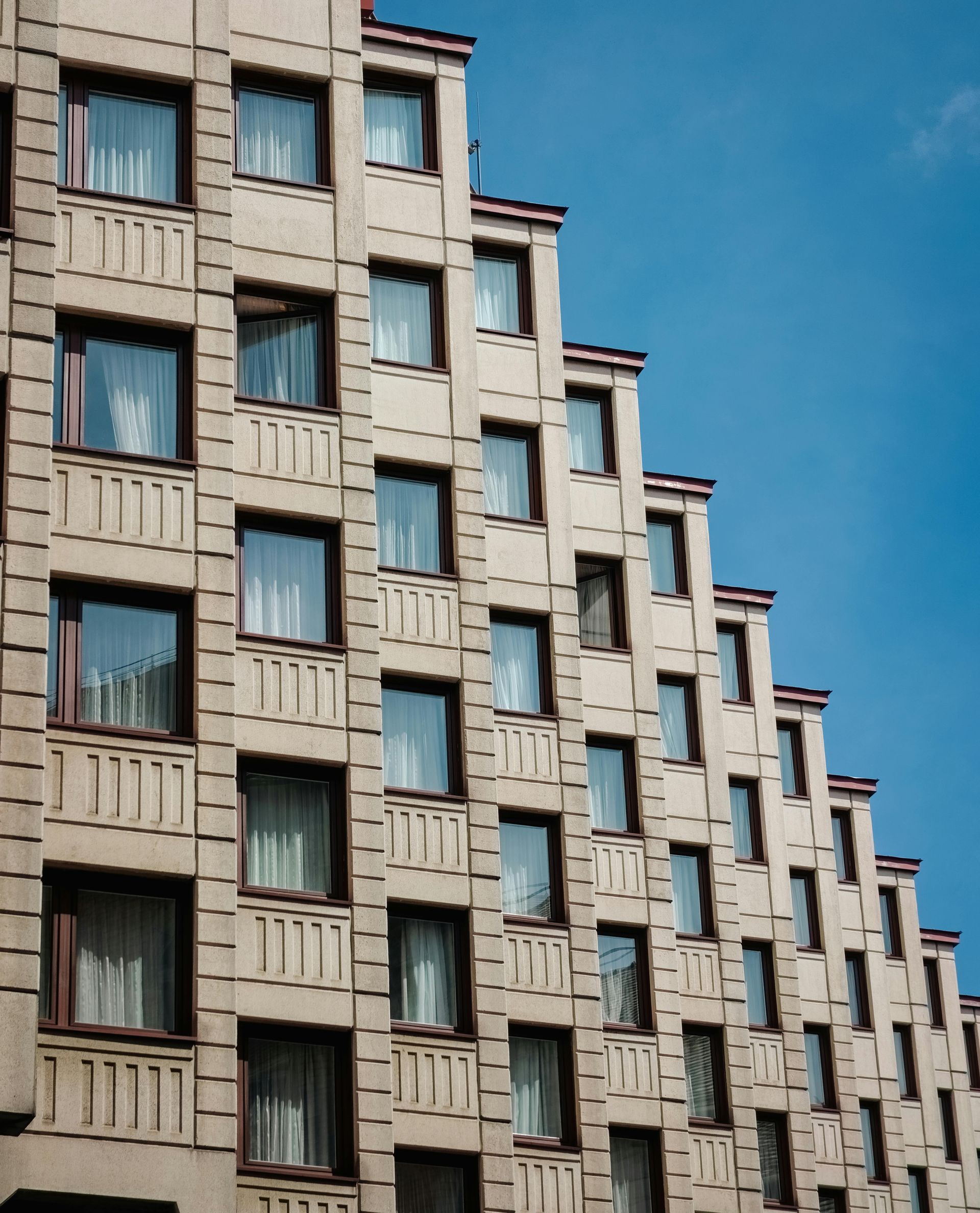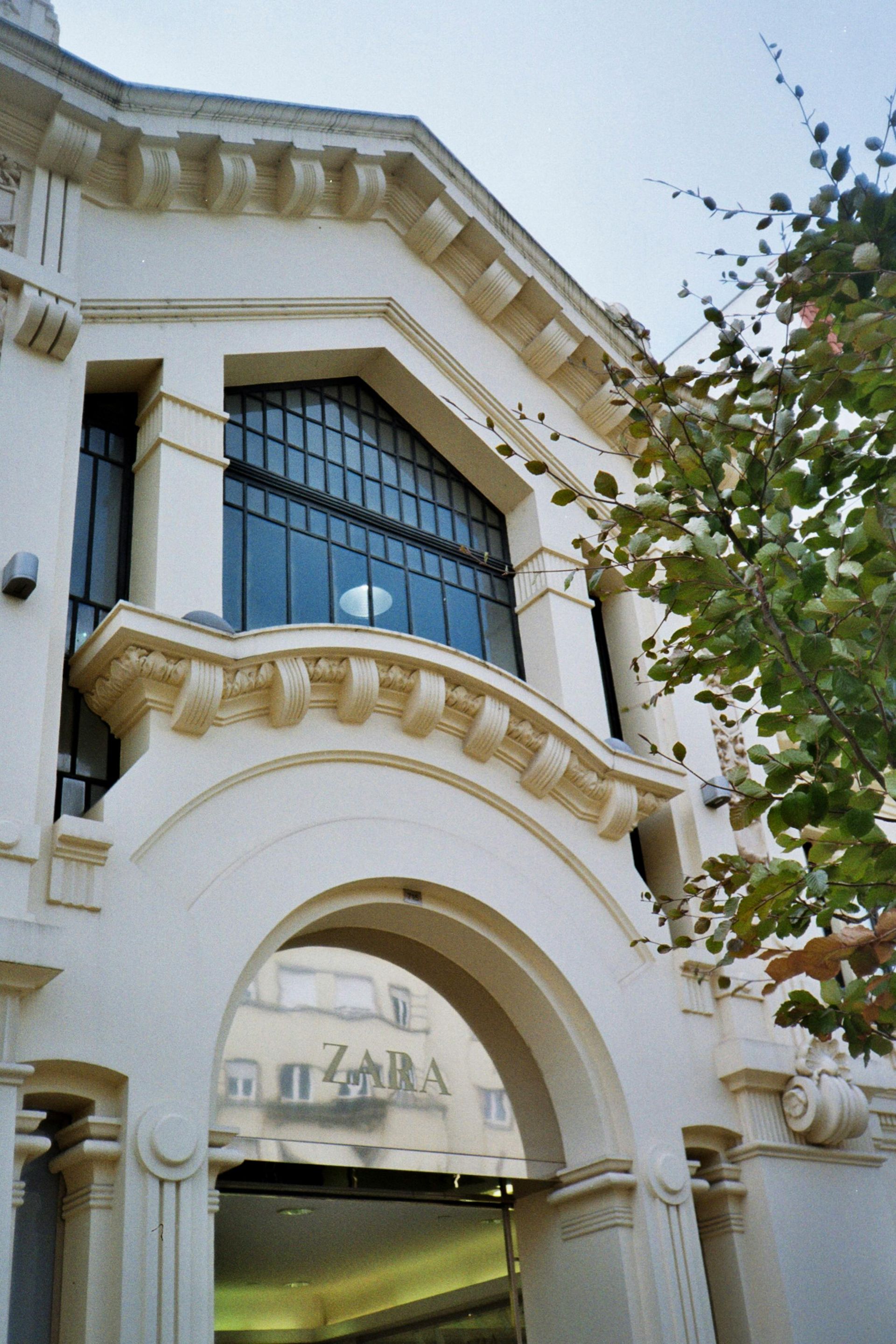What Exactly Is Commercial Plastering? (And Why Every Property Manager Should Care)
If you’re a property manager in the Bay Area, chances are you already juggle a lot of tenant requests, budgets, building maintenance, and keeping everything up to code. One thing that often gets overlooked? Commercial plastering.
It may sound like a “cosmetic” detail, but plastering is about way more than looks. Done right, it protects your building, cuts down long-term costs, and makes your property look like the kind of place people actually want to lease or visit. In this article, we’ll break down what commercial plastering really is, why it matters, and how it can make your life as a property manager a whole lot easier.
What Is Commercial Plastering?
At its simplest, commercial plastering is the process of applying plaster to large-scale buildings, think office towers, hospitals, retail centers, universities, and industrial facilities.
Unlike residential plastering (which is usually done on smaller homes or apartments), commercial plastering has different demands:
- Scale: We’re talking thousands of square feet, not just a living room wall.
- Durability: Commercial spaces deal with heavy use, harsh weather, and stricter safety standards.
- Specialized Materials: Fire-resistant coatings, acoustic plaster, decorative finishes, or stucco for exteriors.
In short, commercial plastering blends form and function. It makes walls, ceilings, and exteriors look professional and modern, but it also strengthens, protects, and extends the life of the building.
Why Property Managers Should Care About Plastering
So why should you, as a property manager in the Bay Area, put plastering on your radar? Let’s break it down.
1. It Protects Your Investment
Plaster acts like armor for your walls and ceilings. It shields surfaces from water, sun, and general wear and tear. Without it, moisture can creep in, cracks can spread, and small issues can snowball into costly repairs.
2. It Saves You Money in the Long Run
Good plastering is a “pay once, benefit for decades” kind of deal. While it’s an upfront investment, it significantly reduces the need for constant patch-ups or premature renovations. Think of it as preventative maintenance that pays off in both time and money saved.
3. It Boosts Your Building’s Value
Let’s be honest: tenants and buyers do judge a building by its cover. Smooth, clean walls and stylish finishes make your property look modern and well-kept. That translates into higher occupancy rates, better lease renewals, and stronger market value.
4. It Improves Safety and Compliance
Plaster isn’t just about looks—it can be fire-resistant, mold-resistant, or acoustically designed to reduce noise. All of these contribute to a safer, more compliant building that keeps both tenants and inspectors happy.
5. It Helps with Energy Efficiency
Insulated and reflective plastering can actually help regulate indoor temperatures, reducing energy costs. In places like [Location] where weather plays a role in building performance, that’s a big plus.
What Happens If You Ignore Plastering?
Skipping out on plastering or letting old plaster deteriorate can cause serious headaches. Here are some of the common problems we see in commercial buildings:
- Cracks and Peeling: Not only unsightly, but they can spread quickly and lead to structural concerns.
- Water Damage: Without proper plaster, moisture seeps in, leading to mold, rot, and expensive repairs.
- Higher Maintenance Costs: What could have been fixed with routine plastering now turns into major renovations.
- Tenant Complaints: Nobody wants to rent space in a building that looks run-down or unsafe.
The bottom line: ignoring plaster doesn’t save money, it costs more in the long run.
Modern Commercial Plastering Techniques
Plastering today is a far cry from the dusty, labor-heavy process people imagine. We use modern tools, materials, and techniques to deliver stronger, faster, and more efficient results.
Spray Plastering
This technique uses advanced spraying equipment to cover large surfaces quickly and evenly perfect for commercial-scale projects.
Decorative and Acoustic Plaster
Want walls that make a statement? Decorative plaster can mimic stone, concrete, or textured finishes. Acoustic plaster helps reduce noise, which is a huge win in open offices, schools, and hospitals.
Fire-Resistant and Sustainable Plaster
From fireproof coatings to eco-friendly mixtures, plastering is adapting to meet both safety standards and green building certifications like LEED.
Stucco and Exterior Finishes
For buildings in San Jose, exterior plastering (like stucco) is a popular choice. It stands up well to local climate conditions and adds a timeless aesthetic appeal.
The Plastering Process
Every project is unique, but here’s the general process we follow at Commercial Plastering Inc. when working with property managers:
- Assessment & Consultation – We visit the property, inspect surfaces, and identify potential issues.
- Surface Preparation – Clean, repair, and prime walls so plaster adheres properly.
- Application – Apply plaster using the right method (manual, spray, or specialty finish).
- Finishing & Texture – Smooth or textured finishes depending on the design.
- Inspection & Quality Control – Final check to ensure durability, safety, and a flawless look.
We also tailor this process to local climate conditions. For example, in the Bay Area, moisture and seismic activity are big factors so we adjust techniques and materials accordingly.
How to Choose the Right Plastering Contractor in San Jose
Not all plastering contractors are created equal. Here’s what property managers should look for:
- Experience with Commercial Projects: Residential plastering is not the same as commercial. You need a team that knows how to scale.
- Licensing & Insurance: Always make sure they’re properly certified.
- Portfolio & References: Past work says a lot about quality.
- Attention to Safety Standards: Especially with fireproofing and compliance needs.
- Transparent Pricing: No hidden fees or vague estimates.
At Commercial Plastering Inc., we’ve worked with property managers across the Bay Area on projects ranging from office buildings to hospitals. Our approach is hands-on, detail-driven, and built around trusting the currency of our business.
Final Thoughts
Commercial plastering isn’t just “another line item” on your property budget; it's an investment that pays off in durability, safety, aesthetics, and tenant satisfaction.
At Commercial Plastering Inc., our mission is simple: to help property managers in the Bay Area protect and enhance their buildings through expert plastering solutions.
If your building is showing signs of wear, or if you’re planning new construction, don’t wait until small problems turn into big ones.
Contact us today to schedule a consultation and see how we can make your property look and perform its best.
